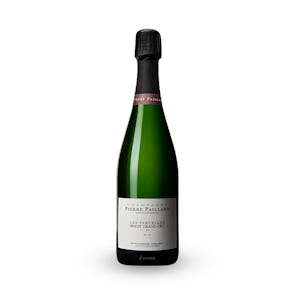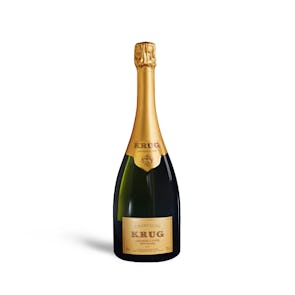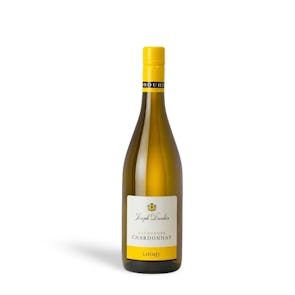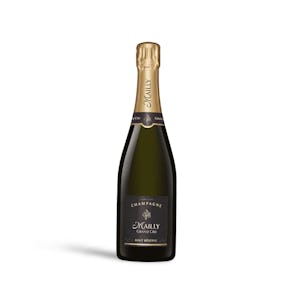
Shimesaba Vinegared Mackerel (Frozen)
Robust and meaty
TASTING NOTES FROM THE CURATOR
This Shimesaba (Vinegared Mackerel) comes from Miyagi Prefecture in Japan, and is frozen and ready-to-eat. “Saba” means mackerel in Japanese, and “shime” comes from the word “shimeru,” which means “to firm up the fish meat.” Shimesaba is pickled in rice vinegar and salt, and sometimes sugar. This is a popular way of preservation, and also enhances the fish’s flavor. Its meat holds its form well, and it has a creamy flavor, slightly salty and sour, but relatively mild.
PREPARATION AND PAIRINGS
Serve the Shimesaba (Vinegared Mackerel) as sashimi, sushi, or nigiri. It’s great with a little squeeze of lemon, served with shoyu, grated daikon, and spring onions.
THE ART OF RAW FISH
A classic and iconic Japanese delicacy, sashimi usually consists of thinly sliced pieces of fresh raw fish or meat. Although many non-Japanese people often confuse the words “sashimi” and “sushi,” or even use them interchangeably, they are, in fact, different. Raw fish is an ingredient in both, but sushi refers to dishes made with vinegared rice. While sashimi is always served as is, on its own.
“Sashimi” means “pierced body,” with “sashi” meaning pierced or stuck, and “mi” meaning body or flesh. There are two possible origins to the word. The first is that it might have come from the practice of sticking the fish’s fin or tail into the slices in order to help the consumer identify what they are eating. Another possibility could pertain to a traditional harvesting method, the “ikejime” process, which involves piercing the fish’s brain with a sharp spike immediately as it is caught, and placing it on shaved ice. The immediate death prevents the fish from obtaining too much lactic acid, and will therefore keep fresh on ice for longer.
Storage Instructions
Arrives frozen. Once thawed, it must be consumed within 48 hours.








